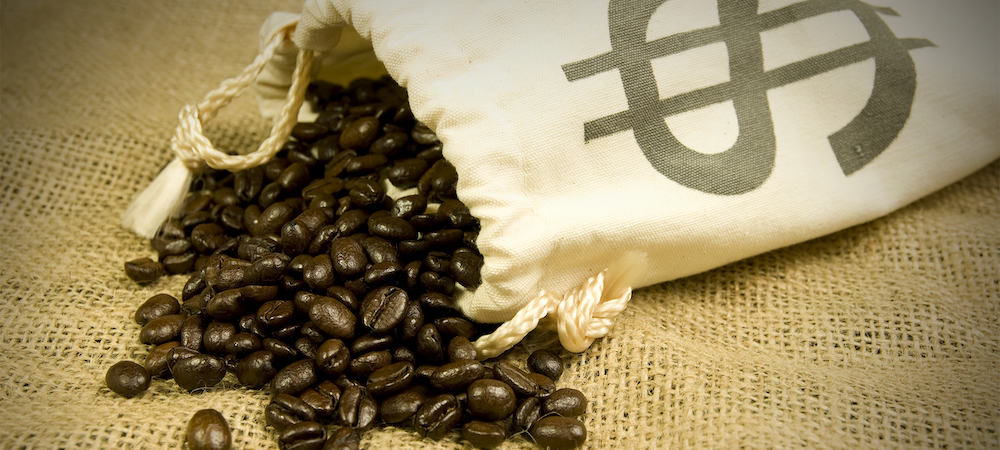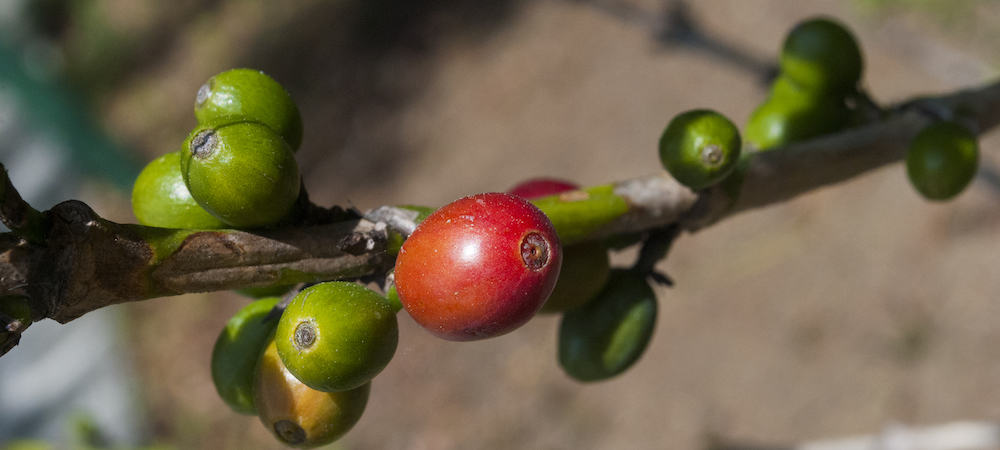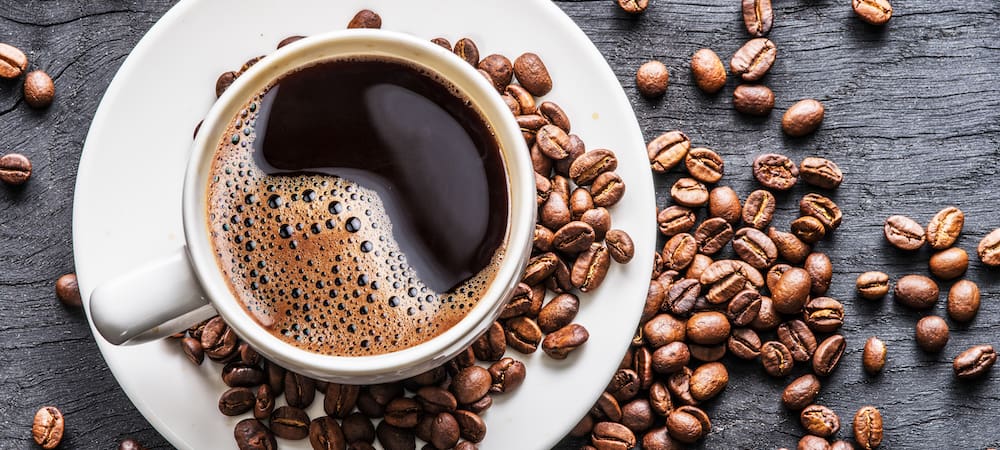Coffee Prices Hit a 10 Year High

Coffee is a luxurious commodity that over one billion people around the world can’t do without. It has adorned cups and mugs for centuries, never ceasing to offer invigorating flavours and often much-needed energy kicks.
But the industry is having to change due to a vast multitude of factors influencing the cost of producing, exporting, roasting and distributing the beans. This could soon affect drinkers everywhere.
The following article will seek to explain why Coffee prices have hit a 10-year high in 2022. We will explore the issues driving these spikes and how they might eventually affect you.
From cafes and restaurants to shops and households, nearly all consumers could feel the unfortunate – though inevitable – hikes. Finally, we will attempt to provide an insight into what to expect in the future.
Article Content Index

Why is the Price of Coffee Rising?
Economic experts and industry analysts have described the current circumstances – the pandemic, Brexit and climate change – as the “perfect storm” for Coffee price rises.
These factors and more have, in turn, caused labour shortages and issues with packaging, transport and services. The figures, as they stand, point to further complications plaguing the world of Coffee throughout 2022 and perhaps even beyond.

Covid-19 and Brexit Fuel Shifting Prices
While the Coronavirus Pandemic had only a limited impact on Coffee Production during the 2020/2021 seasonal year, that could be set to shift considerably going forward.
Initially, sales of Green Coffee Beans fared better than expected due to companies over-purchasing to compensate for shipping container scarcity. Now, though, there is the matter of other issues in the supply chain caused by Covid-19.
In Vietnam, for instance, which is the second-largest Coffee producer globally, a rise in Covid-19 cases has hit production as of the 2021/2022 seasonal year. In the UK, meanwhile, the Omicron variant has led to shortages in labour, affecting the packaging and transporting of the beans. There is also Britain’s withdrawal from the European Union (EU) to account for.
Not only has Brexit, like the Coronavirus Pandemic, brought about labour shortages; it has likewise caused a soaring demand for cardboard boxes in the global lockdown online shopping boom.
Additionally, countless UK-based cafes and restaurants have been forced to face shortages in takeaway Coffee cups following disruptions to paper and fibre imports from the EU.

Climate Change is a Significant Contributor
We’ve written an article about the Impact of Climate Change for Coffee, which noted that by 2050, half of the land used for Coffee cultivation could become unproductive.
However, the effects are already being felt in 2022 – namely the extreme weather conditions in Brazil, the world’s largest Coffee producer. This, like the Covid-19 Pandemic, like Brexit, will be a significant contributor to Coffee price increases.
Farmers in Brazilian Coffee-growing regions had already been grappling with a string of droughts considered the worst dry spell in 91 years. But the problems experienced by these producers have now been made worse by unprecedented frosts.
While cold snaps in July and August are relatively common in the South American country, the suddenness and severity of the latest event caught workers by surprise.
Specifically, freezing temperatures occurred after an extreme Antarctic front resulted in snow falling in the hills in the Cerrado Mineiro region of Minas Gerais state. Frost then spread to Coffee trees in the area, some of which could take seven years to recover; others have been lost entirely.
The consequence is that Brazilian Coffee has doubled in price over the last 12 months and, regrettably, could well increase gain.

How it Might Affect You
Worldwide Coffee exports have gone from a surplus in the 2020/2021 seasonal year to a deficit in the 2021/2022 seasonal year. Indeed, from 10.56 million Coffee bags in November 2020, the industry must now suffice with 9.25 million bags from November 2021. Despite appearing minimal on the surface, it must be recognised that interest in, and demand for, Coffee increases every year.
As stocks dwindle but the desire for brews grows stronger, consumers might soon see shifting costs from the top to the bottom of the chain. The reality is that it is already happening – the price of Coffee has been recorded by markets as the largest increase of any commodity in 2021.
This hike is, in fact, greater than natural gas, gasoline, crude oil, heating oil, sugar, cotton, wheat and rice.

What to Expect in the Future
The immediate economic landscape for customers at cafes, restaurants and other similar venues appears relatively positive. Analysts have predicted that few visitors to such establishments will bear the brunt of cost increases due to the competitive nature of barista-style Coffee.
Whether that positivity extends to the cafes and restaurants themselves is another question dependent on what happens in the industry overall.
It might be a different story for those more interested in How to Make a Frappe or a Cappuccino. The bottom line is that buying Fresh Coffee Beans – or even Instant Coffee – for your morning cuppa could be about to hit your household funds. Ethiopian Coffee is a prime example due to the aforementioned factors, as well as the nation being on the brink of civil war.
Here at The Kent and Sussex Tea and Coffee Company, we pledge to our customers that any changes to our prices will be in keeping with current trends. We guarantee, too, that these potential increases will remain as reasonable as possible in light of the circumstances we’re currently faced with. Quality and consistency are paramount, which is why our Loose Tea and Coffee are packed fresh to order.

 Loose Leaf Tea
Loose Leaf Tea Pyramids
Pyramids Tea Bags
Tea Bags Africa
Africa Assam
Assam Ceylon
Ceylon Chinese
Chinese Darjeeling
Darjeeling European
European Indian
Indian Japan
Japan Nepal
Nepal South East Asia
South East Asia Ayurveda Tea
Ayurveda Tea Black Tea
Black Tea Chai Tea
Chai Tea Flowering Tea
Flowering Tea Fruit Tisanes
Fruit Tisanes Green Tea
Green Tea Herbal Tea
Herbal Tea Matcha Tea
Matcha Tea Oolong Tea
Oolong Tea Organic Tea
Organic Tea Pu erh Tea
Pu erh Tea Rooibos Tea
Rooibos Tea White Tea
White Tea Asian Coffee
Asian Coffee Caribbean Coffee
Caribbean Coffee Central American Coffee
Central American Coffee South American Coffee
South American Coffee Coffee Blends
Coffee Blends Decaffeinated Coffee
Decaffeinated Coffee Espresso Coffee
Espresso Coffee Ethically Sourced Coffee
Ethically Sourced Coffee Flavoured Coffee
Flavoured Coffee Organic Coffee
Organic Coffee Single Origin Coffee
Single Origin Coffee Chocolate 1
Chocolate 1 Chocolate 2
Chocolate 2 Chocolate 3
Chocolate 3 Chocolate 4
Chocolate 4 Chocolate 5
Chocolate 5 Chocolate 6
Chocolate 6 Chocolate 7
Chocolate 7 Chocolate 8
Chocolate 8 Chocolate 9
Chocolate 9 Loose Tea Filters
Loose Tea Filters Tea Accessories
Tea Accessories Tea Bricks
Tea Bricks Tea Caddies
Tea Caddies Tea Caddy Spoons
Tea Caddy Spoons Tea Gift Ideas
Tea Gift Ideas Tea Infusers
Tea Infusers Tea Strainers
Tea Strainers